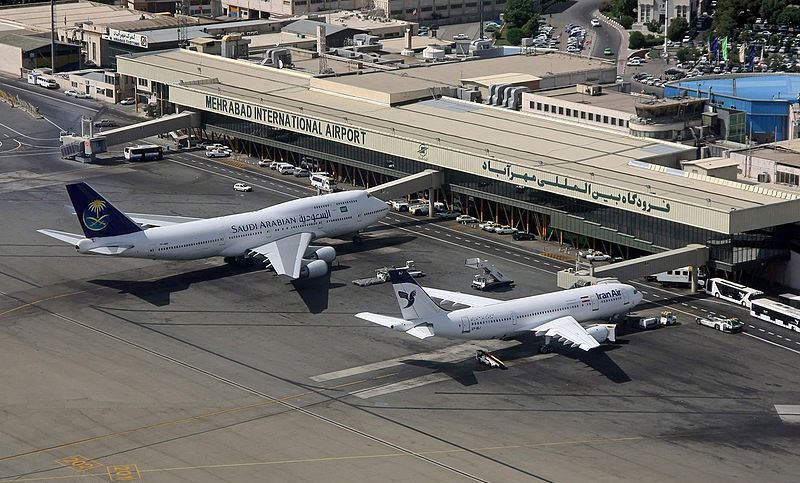An Iranian official said the country’s airport organization has concluded no deals with foreign firms on developing its aviation infrastructure since January 2016 when Tehran and world powers implemented the 2015 nuclear deal (formally known as the Joint Comprehensive Plan of Action).
Asked what agreements have been made with foreign investors in this regard, Yadollah Aqaei-Saem, the head of public relations office at Iran Airports and Air Navigation Company, told Trend News Agency only talks are being held.
Among the companies holding talk to develop airports is the French construction firm Vinci that signed a preliminary agreement to develop airports in the two Iranian cities and tourist hubs of Mashhad and Isfahan.
Unofficial reports put the value of the deal at $404 million. The agreement was signed after representatives of the European company attended a business forum in Iran Chamber of Commerce, Industry, Mines and Agriculture headquarters on January 31.
Negotiations for that matter have been ongoing since President Hassan Rouhani traveled to Paris a few days after the implementation of the nuclear deal.
Iran Airports and Air Navigation Company is responsible for ensuring safe operation, management, maintenance and development of airports, air navigation systems and air traffic management in Iran.
This is while Aqaei-Saem believes that the country needs to lure investment to build new airports and terminals, as well as develop Iran’s air traffic control systems.
Iran’s aviation system was hit hard by international sanctions that were to end with the nuclear deal’s implementation. However, a set of primary sanctions by the US, still in place, that forbids transactions with Iran in the US dollar, as well as new sanctions by the US that are announced now and then even after JCPOA, discourage foreign companies from approaching Iran.
Currently, Iran plans to develop the airports of Mehrabad, Imam Khomeini, Tabriz, Mashhad, Isfahan, Kerman and Shiraz mainly through foreign investment.
Iran Airports and Air Navigation Company’s CEO Rahmatollah Mahabadi said there is need to invest $5 billion in Iranian airports.
“To buy navigation systems and airport services, government budget and the company’s earnings are not enough,” he was quoted as saying back in July.
There are 54 airports in Iran. The busiest Tehran’s International Mehrabad Airport and Mashhad International Airport handle 400 and 200 daily flights on average respectively.
An average of 1,100 international and 900 domestic flights are conducted in Iran every day.
Iran Airports Company registered 41,485 takeoffs and landings during the Iranian month ending Aug. 22, which shows a 7% rise compared with last year’s corresponding period.
About 5.379 million passengers and 54,602 tons of cargo were transported during the period, indicating a 6% and 14% year-on-year rise respectively.
Thanks to JCPOA, the number of tourists that visited the country in the last Iranian year (which ended on March 20, 2017) increased by over 30% from a year earlier, which could be an indication that one of the world’s top travel destinations is already gaining momentum after the removal of sanctions.
With over 20 special sites registered on the World Heritage List of the United Nations Educational, Scientific and Cultural Organization, Iran has been frequently named as a must-visit travel destination.
The country aspires to host 20 million tourists annually by 2025, with expectations of expanding the tourism sector to $30 billion.
Iranian authorities have already unveiled ambitious plans, including easing visa restrictions as well as constructing new hotels as part of efforts to attract more foreign tourists.


